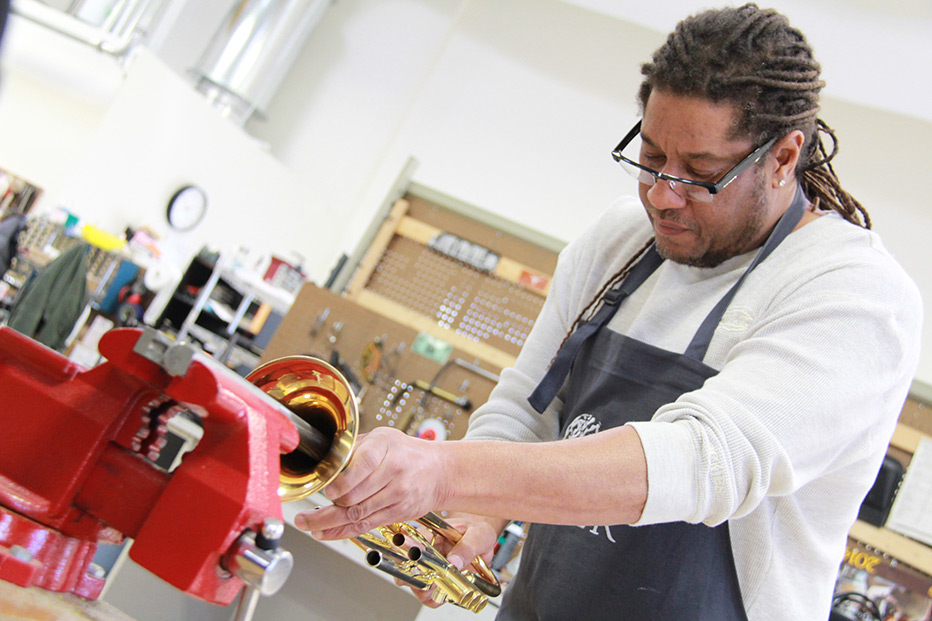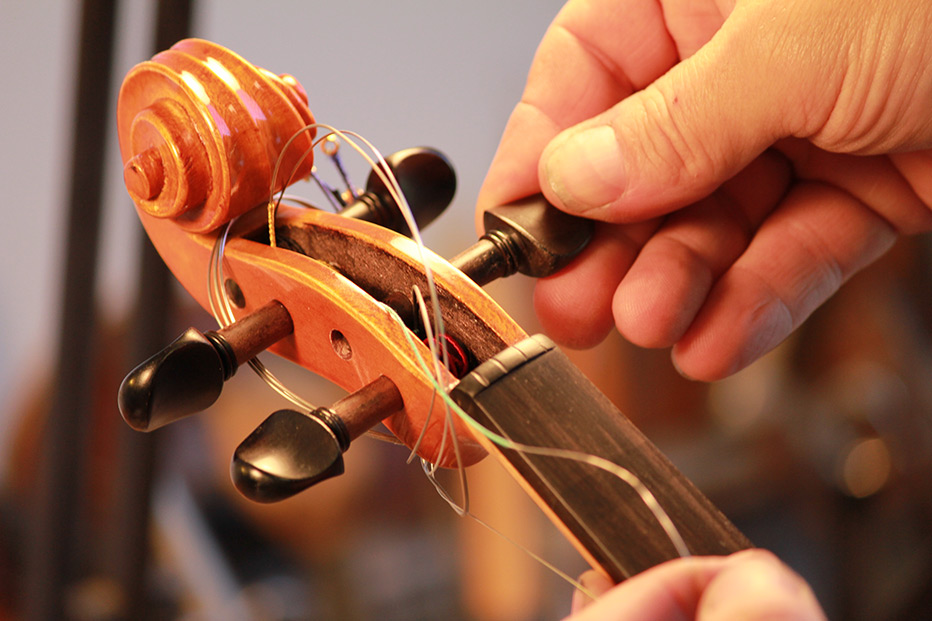April 09, 2015
Cane vs. Synthetic Reeds: Pros and Cons
Whether you’re buying a new box of reeds for your saxophone or clarinet, you’re faced with the same dilemma. Should you buy cane reeds or synthetic reeds? You may have heard good things about both. While most musicians use basic cane reeds, synthetic reeds are becoming a popular alternative. Synthetic reeds can have a longer shelf-life and offer greater consistency. After all, synthetic mouthpieces exist, so why wouldn’t synthetic reeds? From sound quality to durability, we’ll cover the pros and cons of cane reeds and synthetic reeds so you can choose the type that’s right for you.
Consistency
Since cane reeds are made from natural products (a grass plant that’s grown in moist soils, to be exact), it’s more difficult for manufacturers to control things like quality and consistency. To be fair, it’s not always easy to pick out bad reeds visually, so even boxes that pass through a visual inspection before being sent to stores may still have a handful of “bad” reeds.
If you strive for consistency from box to box and reed to reed, but don’t want to spend a whole lot of time testing reeds and tossing the low-quality ones, give synthetic reeds a shot. Synthetic reeds are popular with beginner musicians for this reason. At least at the very beginning, until they’ve learned how to differentiate the good reeds from the bad ones.
Sound Quality
Synthetic reeds are made of composite materials that are designed and manufactured to imitate the quality and sound of cane reeds. But many players still prefer the sound, response and playability of cane reeds. For decades, synthetic reed manufacturers have been experimenting with different synthetic materials, ranging from your everyday plastic to advanced aerospace materials, in order to create a reed that’s comparable to cane. But for some musicians, nothing is quite like the “real” thing.
With that in mind, the differences in sound and playability tends to vary from musician to musician. Some notice a difference right away, while others don’t notice a huge difference at all. When it comes to sound quality and playability, try experimenting with both cane and synthetic reeds to see if you notice a difference.
Durability
At the end of the day, synthetic reeds are more durable than cane. Some musicians even make the switch from cane to synthetic reeds because they’re tired of dealing with the “fragile” nature of cane. From cracking and warping to deterioration due to the digestive enzymes found in saliva, there’s a lot to worry about when it comes to cane reeds. They may sound and play slightly better, but they’re more susceptible to damage from changes in temperature and humidity.
Since synthetic reeds are manufactured with durability in mind, they won’t get warped or dry out when you aren’t playing your saxophone or clarinet. Plus, they won’t sound bad when you step off a plane and enter an environment where the humidity levels are different than your hometown. Since they’re more durable than conventional reeds, synthetic reeds are often preferred by marching bands or for use in other outdoor events.
Breaking In Period
Whether or not reeds need to be broken in is up for debate, but cane reeds do tend to have a longer “breaking in” period than those that are synthetic. If you do choose to buy cane reeds and would like to break them in, the following methods have all been recommended by experts:
- Rub/polish the reed with your thumb
- Rub with VERY fine sandpaper
- Wet the reed for about five minutes–just avoid saliva if you can
- Play for short periods of time and then let the reed “rest” before playing again
- Do not play loudly during the initial periods of play
If you need some tips on breaking in your reeds, speak with your clarinet or saxophone teacher for more information.
A Matter of Personal Preference
Deciding between cane and synthetic reeds is a matter of personal preference. Like so many things with music, you should experiment with both and decide for yourself. Play your clarinet or saxophone using both types of reeds and evaluate which you like best. Your music teacher should be able to make a recommendation, but even their recommendation may not be right for you.
So, head to your local Music & Arts or browse our shop online, purchase both types of reeds, and test them out until something feels right.
Buy Reeds at Music & Arts
Shop for Synthetic Reeds Now >>
At Music & Arts, we’re dedicated to bringing you one of the largest offerings of marching band and orchestral instruments, products, and accessories in the world. As a one-stop shop for students, parents, and music educators, you’ll find cane and synthetic reeds from some of the world’s top manufacturers, including Vandoren and Rico. Remember, when selecting reeds you should take the above into consideration, and remember it’s ultimately a matter of personal preference. If your child is a student, a great place to start is by speaking with their music teacher or band instructor for personalized advice.
Have a question or need more guidance? Head to your local Music & Arts store or contact us directly for more information.







